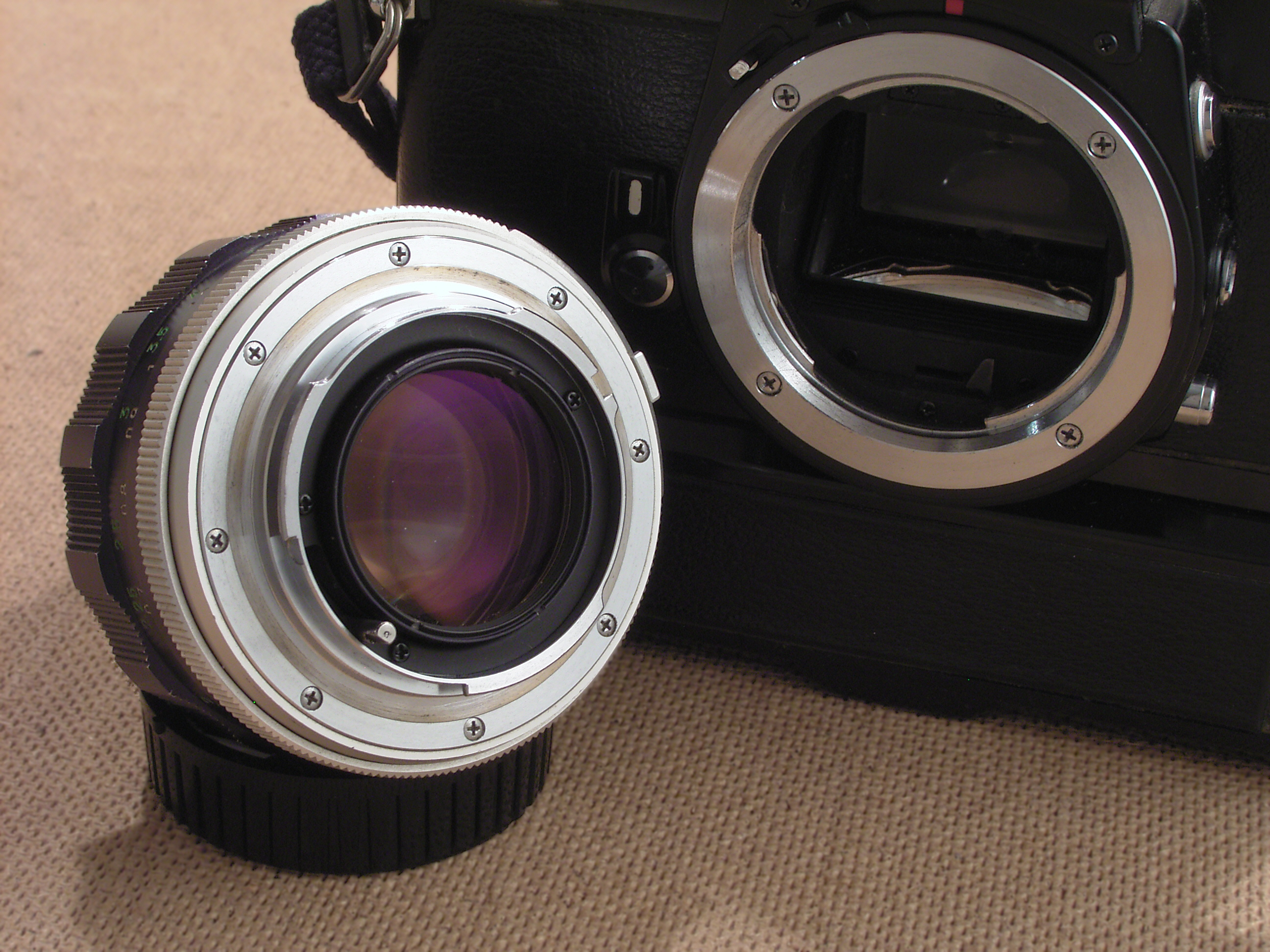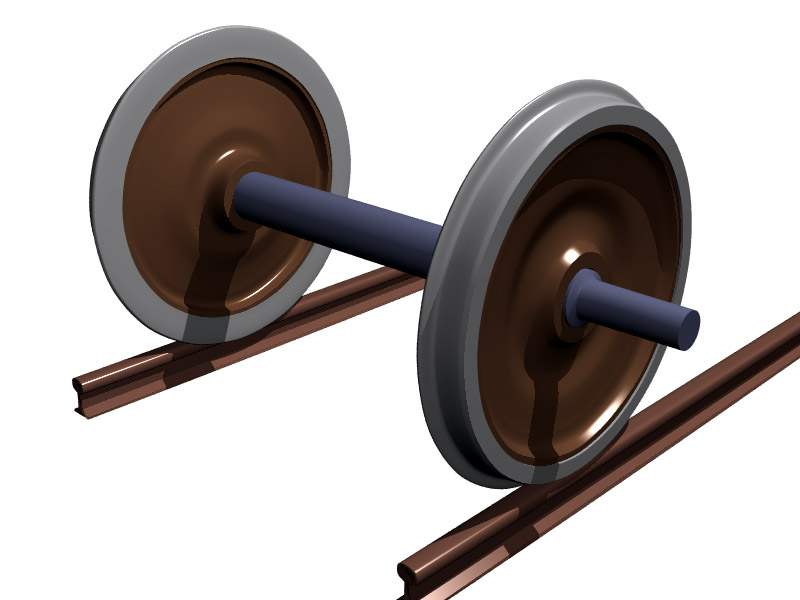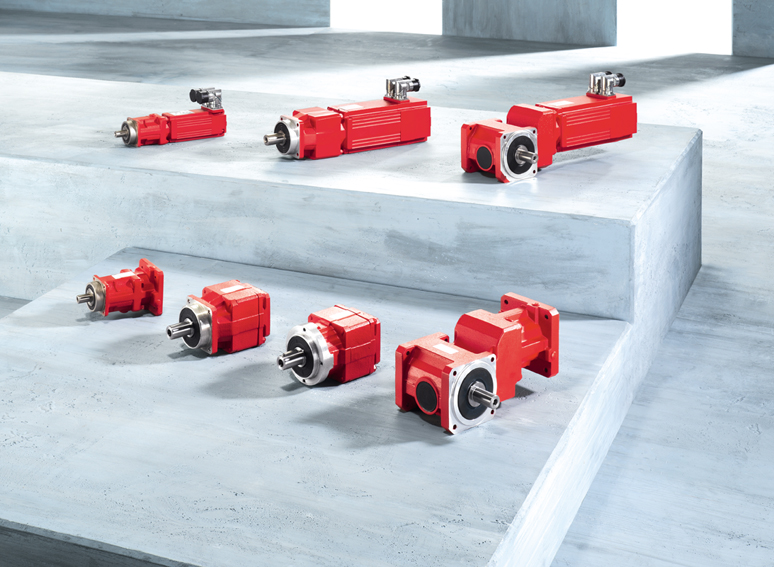|
Flange
A flange is a protruded ridge, lip or rim (wheel), rim, either external or internal, that serves to increase shear strength, strength (as the flange of a steel beam (structure), beam such as an I-beam or a T-beam); for easy attachment/transfer of contact force with another object (as the flange on the end of a pipe (fluid conveyance), pipe, steam cylinder, etc., or on the lens mount of a camera); or for stabilizing and guiding the movements of a machine or its parts (as the inside flange of a railroad car, rail car or tram train wheel, wheel, which keep the wheels from derailment, running off the rail profile, rails). Flanges are often attached using bolts in the pattern of a bolt circle. Flanges play a pivotal role in piping systems by allowing easy access for maintenance, inspection, and modification. They provide a means to connect or disconnect Pipe (fluid conveyance), pipes and equipment without the need for welding, which simplifies installation and reduces downtime during ... [...More Info...] [...Related Items...] OR: [Wikipedia] [Google] [Baidu] |
Derailment
In rail transport, a derailment is a type of train wreck that occurs when a rail vehicle such as a train comes off its rails. Although many derailments are minor, all result in temporary disruption of the proper operation of the railway system and they are a potentially serious hazard. A derailment of a train can be caused by a collision with another object, an operational error (such as excessive speed through a curve), the mechanical failure of tracks (such as broken rails), or the mechanical failure of the wheels, among other causes. In emergency situations, deliberate derailment with derails or catch points is sometimes used to prevent a more serious accident. History The first recorded train derailment in history is known as the Hightstown rail accident in New Jersey that occurred on 8 November 1833. The train was traveling between Hightstown and Spotswood, New Jersey, and derailed after an axle broke on one of the carriages as a result of a journal box catching fir ... [...More Info...] [...Related Items...] OR: [Wikipedia] [Google] [Baidu] |
I-beam
An I-beam is any of various structural members with an - (serif capital letter 'I') or H-shaped cross section (geometry), cross-section. Technical terms for similar items include H-beam, I-profile, universal column (UC), w-beam (for "wide flange"), universal beam (UB), rolled steel joist (RSJ), or double-T (especially in Polish language, Polish, Bulgarian language, Bulgarian, Spanish language, Spanish, Italian language, Italian, and German language, German). I-beams are typically made of structural steel and serve a wide variety of construction uses. The horizontal elements of the are called flanges, and the vertical element is known as the "web". The web resists shear forces, while the flanges resist most of the bending moment experienced by the beam. The Euler–Bernoulli beam equation shows that the -shaped section is a very efficient form for carrying both bending and shearing (physics), shear loads in the plane of the web. On the other hand, the cross-section has a reduced ... [...More Info...] [...Related Items...] OR: [Wikipedia] [Google] [Baidu] |
Rail Profile
The rail profile is the cross-sectional shape of a Railway track#Rail, rail as installed on a railway or railroad, perpendicular to its length. Early rails were made of wood, cast iron or wrought iron. All modern rails are hot rolled steel with a cross section Profile (engineering), (profile) approximate to an I-beam, but asymmetric about a horizontal axis (however see #Grooved rail, grooved rail below). The head is profiled to resist wear and to give a good ride, and the foot profiled to suit the fixing system. Unlike some other uses of iron and steel, railway rails are subject to very high stresses and are made of very high quality steel. It took many decades to improve the quality of the materials, including the change from iron to steel. Minor flaws in the steel that may pose no problems in other applications can lead to broken rails and dangerous derailments when used on railway tracks. By and large, the heavier the rails and the rest of the track work, the heavier an ... [...More Info...] [...Related Items...] OR: [Wikipedia] [Google] [Baidu] |
Weld Neck Flange
A weld neck flange (also known as a high-hub flange and tapered hub flange) is a type of flange. There are two designs. The regular type is used with pipes. The long type is unsuitable for pipes and is used in process plant. A weld neck flange consists of a circular fitting with a protruding rim around the circumference. Generally machined from a forging, these flanges are typically butt welded to a pipe. The rim has a series of drilled holes that permit the flange to be affixed to another flange with bolts. Such flanges are suitable for use in hostile environments that have extremes of temperature, pressure or other sources of stress. The resilience of this type of flange is achieved by sharing the environmental stress with the pipe with which it is welded. This type of flange has been used successfully at pressures up to 5,000 psi Psi, PSI or Ψ may refer to: Alphabetic letters * Psi (Greek) (Ψ or ψ), the twenty-third letter of the Greek alphabet * Psi (Cyrillic), letter ... [...More Info...] [...Related Items...] OR: [Wikipedia] [Google] [Baidu] |
T-beam
A T-beam (or tee beam), used in construction, is a Structural engineering, load-bearing structure of reinforced concrete, wood or metal, with a capital 'T'-shaped Cross section (geometry), cross section. The top of the T-shaped cross section serves as a flange or compression member in resisting compression (physical), compressive Stress (physics), stresses. The web (vertical section) of the Beam (structure), beam below the compression flange serves to resist shear stress. When used for highway bridges the beam incorporates reinforcing bars in the bottom of the beam to resist the tensile stresses which occur during bending. The T-beam has a big disadvantage compared to an I-beam (with '' shape) because it has no bottom flange with which to deal with tensile forces, applicable for steel section. One way to make a T-beam more efficient structurally is to use an inverted T-beam with a floor slab or bridge deck joining the tops of the beams. Done properly, the slab acts as the compres ... [...More Info...] [...Related Items...] OR: [Wikipedia] [Google] [Baidu] |
Closet Flange
closet flange (also known as a toilet flange) is a pipe fitting (specifically, a type of flange) that both mounts a toilet to the floor and connects the closet bend to a drain pipe. The name comes from the term "water closet", the traditional name for a toilet. Closet flanges are typically made of brass, cast iron, ABS, PVC, and lead Lead () is a chemical element; it has Chemical symbol, symbol Pb (from Latin ) and atomic number 82. It is a Heavy metal (elements), heavy metal that is density, denser than most common materials. Lead is Mohs scale, soft and Ductility, malleabl .... In a typical installation, the closet flange is mounted on top of the floor with the hub fused around the drain pipe. A wax ring (or waxless) is used to seal the gap between the flange and the bottom of the toilet. The toilet is bolted to the flange, not to the floor. References {{Reflist Toilet components ... [...More Info...] [...Related Items...] OR: [Wikipedia] [Google] [Baidu] |
Lens Mount
A lens mount is an interface – mechanical and often also electrical – between a photographic camera body and a lens. It is a feature of camera systems where the System camera, body allows interchangeable lenses, most usually the rangefinder camera, single lens reflex type, single lens mirrorless type or any movie camera of 16 mm or higher film gauge, gauge. Lens mounts are also used to connect optical components in instrumentation that may not involve a camera, such as the modular components used in optical laboratory prototyping which join via C mount, C-mount or T-mount elements. Mount types A lens mount may be a screw-threaded type, a Bayonet#Linguistic impact, bayonet-type, or a breech-lock (friction lock) type. Modern still camera lens mounts are of the bayonet type, because the bayonet mechanism precisely aligns mechanical and electrical features between lens and body. Screw-threaded mounts are fragile and do not align the lens in a reliable rotational position, yet ... [...More Info...] [...Related Items...] OR: [Wikipedia] [Google] [Baidu] |
Rim (wheel)
The rim is the "outer edge of a wheel, holding the tire". It makes up the outer circular design of the wheel on which the inside edge of the tire is mounted on vehicles such as car, automobiles. For example, on a bicycle wheel the rim is a large hoop attached to the outer ends of the spokes of the wheel that holds the tire and tube. In cross-section, the rim is deep in the center and shallow at the outer edges, thus forming a "U" shape that supports the bead of the tire casing. In the 1st millennium BC, an iron rim was introduced around the wooden wheels of chariots to improve longevity on rough surfaces. Characteristics ;Design: The first pneumatic tires for bicycles were simple tubes in shape secured to the wooden outer concave surfaced circumference of the wheel by glue and air pressure pressing them against it. The surface for receiving the tube was not very secure thus causing the tires to sometimes come off the rims. Bicycle manufacturer and inventor Thomas B. Jeffery ... [...More Info...] [...Related Items...] OR: [Wikipedia] [Google] [Baidu] |
Train Wheel
A train wheel or rail wheel is a type of wheel specially designed for use on railway tracks. The wheel acts as a rolling component, typically press fitted on to an axle and mounted directly on a railway carriage or locomotive, or indirectly on a bogie () or truck (). The powered wheels under the locomotive are called driving wheels. Wheels are initially cast or forged and then heat-treated to have a specific hardness. New wheels are machined using a lathe to a standardised shape, called a profile. All wheel profiles are regularly checked to ensure proper interaction between the wheel and the rail. Incorrectly profiled wheels and worn wheels can increase rolling resistance, reduce energy efficiency and may even cause a derailment. The International Union of Railways has defined a standard wheel diameter of , although smaller sizes are used in some rapid transit railway systems and on ro-ro carriages. Wheel geometry and flange The running surface ("tread" or "rim ... [...More Info...] [...Related Items...] OR: [Wikipedia] [Google] [Baidu] |
Tram
A tram (also known as a streetcar or trolley in Canada and the United States) is an urban rail transit in which Rolling stock, vehicles, whether individual railcars or multiple-unit trains, run on tramway tracks on urban public streets; some include segments on segregated Right-of-way (property access), right-of-way. The tramlines or tram networks operated as public transport are called tramways or simply trams/streetcars. Because of their close similarities, trams are commonly included in the wider term ''light rail'', which also includes systems separated from other traffic. Tram vehicles are usually lighter and shorter than Main line (railway), main line and rapid transit trains. Most trams use electrical power, usually fed by a Pantograph (transport), pantograph sliding on an overhead line; older systems may use a trolley pole or a bow collector. In some cases, a contact shoe on a third rail is used. If necessary, they may have dual power systems—electricity in city stre ... [...More Info...] [...Related Items...] OR: [Wikipedia] [Google] [Baidu] |
Bolt Circle
A bolt circle diameter or pitch circle diameter (PCD), sometimes simply called bolt circle or pitch circle, is a common term for when a number of screw holes for Bolt (fastener), bolts are evenly distributed with their centers along an imaginary circle with a given diameter. An example of use is mounting of car Rim (wheel), rims, where the bolt circle is one of several factors that determine whether a set of rims will fit a car. For example, a bolt circle of 5×130 or 5-130 indicates that a rim is to be attached to the car via 5 screws evenly spaced along a circle with a diameter of 130 millimeters. Other common uses for bolt circles are for indicating mounting for Racing wheel, sim racing and Steering wheel, real-world car steering wheels, or in the industry for mounting of servomotors or for specifying the bolt pattern of a flange. Attachment of chain rings for bicycle cranksets are also specified by a bolt circle. Examples Racing wheels On steering wheels for cars utilizing ... [...More Info...] [...Related Items...] OR: [Wikipedia] [Google] [Baidu] |
Beam (structure)
A beam is a structural element that primarily resists loads applied laterally across the beam's axis (an element designed to carry a load pushing parallel to its axis would be a strut or column). Its mode of deflection is primarily by bending, as loads produce reaction forces at the beam's support points and internal bending moments, shear, stresses, strains, and deflections. Beams are characterized by their manner of support, profile (shape of cross-section), equilibrium conditions, length, and material. Beams are traditionally descriptions of building or civil engineering structural elements, where the beams are horizontal and carry vertical loads. However, any structure may contain beams, such as automobile frames, aircraft components, machine frames, and other mechanical or structural systems. Any structural element, in any orientation, that primarily resists loads applied laterally across the element's axis is a beam. Overview Historically a beam is a squared ti ... [...More Info...] [...Related Items...] OR: [Wikipedia] [Google] [Baidu] |







